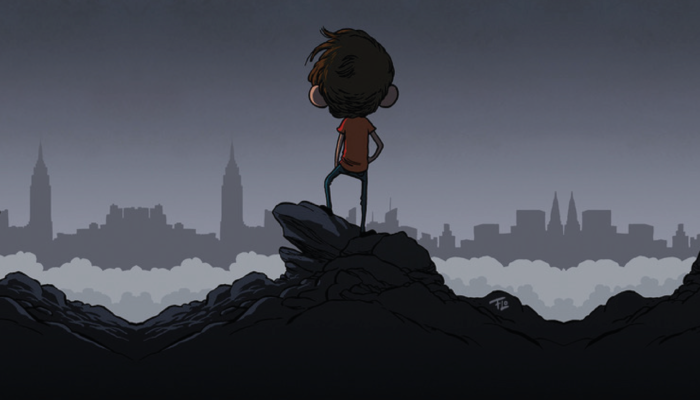
Illustration by Floor de Goede from the book 'Dansen op de vulkaan' (more information below).
Doing science is not a walk in the park. In fact, it might be closer to dancing on a volcano. Dan Bower, CSH and Ambizione Fellow at the University of Bern, Switzerland, takes full advantage of the creative freedom of a blog post to reiterate that scientific progress is not a straight-forward endeavour.
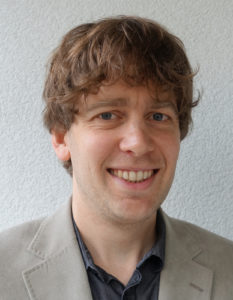 We all learn early in our education about the scientific method—the scientific approach to discern a new truth of nature by establishing a hypothesis that is then rigorously tested. Clearly this approach has been influential in establishing our wealth of knowledge to date, but it typically does not represent accurately the day-to-day reality of being a practitioner of science. This is because the scientific method implies a linear trajectory from proposing a hypothesis to sequential testing of the hypothesis until we naturally arrive at a conclusion that is a new result, hence providing a contribution to the knowledge database of humanity. It suggests we step through each stage of the method and necessarily arrive at a useful result, but unfortunately, this masks the reality of the daily lives of scientists.
We all learn early in our education about the scientific method—the scientific approach to discern a new truth of nature by establishing a hypothesis that is then rigorously tested. Clearly this approach has been influential in establishing our wealth of knowledge to date, but it typically does not represent accurately the day-to-day reality of being a practitioner of science. This is because the scientific method implies a linear trajectory from proposing a hypothesis to sequential testing of the hypothesis until we naturally arrive at a conclusion that is a new result, hence providing a contribution to the knowledge database of humanity. It suggests we step through each stage of the method and necessarily arrive at a useful result, but unfortunately, this masks the reality of the daily lives of scientists.
In fact, as scientists our daily life often involves scrambling around on the side of a cantankerous volcano a few minutes before sunset; we have some understanding of where we came from and how we ended up here, but working at the edge of human knowledge is a challenging and unforgiving place. We took wrong steps enroute—some of which might actually turn out to be right steps in retrospect, but in relation to a completely different topic or problem than what we are working on. Rather than dancing elegantly through the different steps of the scientific method, we are instead struggling to see the ground below in the ever-darkening light, often dangling a foot into the unknown to see if we can gain some traction. Depending on your personality type and upcoming deadline schedule, this unknown can be the most invigorating or most stressful place to be in the uncharted landscape of modern science.
We glance at an incomplete map of the terrain to see if the discoveries of our scientific forefathers can cast new light on our scientific objective. We began the excursion optimistically with the goal of reaching the volcano’s crater, but after revising our project description and goals several times, we are now content with the view half-way up the mountain. It’s taken us longer than we thought to reach this point—but with an upcoming conference in a few weeks—we must set up camp, collect some data, and glean a new insight that no other soul on the rest of the planet has previously managed—either now or in the previous several centuries of modern science. The thought of that makes us a little nervous, not least because we now realise that the tools we brought with us are not up to the task following several breakages. There are new tools, but they have only just been delivered to base camp and will not be available for the rest of our project—we also need to obtain permission from an ex-collaborator (now turned competitor) to use them. We instead think of creative solutions to deal with this “challenge” (word of the expedition leader, I’d personally use stronger phrasing). We now iterate relentlessly between models and data until we conjure a new discovery. Well, we are not sure if it is strictly a discovery, but no-one else seems to report it any papers (that we read). We now debate if this is because our “discovery” is mind-blowingly obvious.
A helicopter flies overhead and drops us a few supplies for the remainder of our mountain excursion—including a new paper just published last week on the topic of our research. We panic—is this exactly the same as what we are doing, or a little bit different? Do our results agree? For that matter, do we want the results to agree? We again revise the goals of the project to utilise the one extra data point we have acquired to maximise the impact of our work and thereby justify our study as “a useful contribution to the literature” (again, words of the expedition leader). The title of our paper changes for the thousandth time, and even I am no longer sure I understand what the study is about. As a parting gift, the helicopter pilot informs us that we are not on the volcano we thought we were on—apparently that is a few hundred kilometers in a different direction. How did we end up here again? Not to worry, we can tweak a couple of parameters and then apply our insights to the actual volcano we are standing on—assuming it is actually a volcano—has anyone checked? We now push an excursion to the other volcano to future work, which in reality, means that we hope someone else will do it (but not before we write up our study). In the end of year summary, we report complete success of the project to the funding agency, and request follow-up funding a month later.
Have you ever danced on a volcano? Tweet us your story on convoluted science projects @EGU_GD under the hashtag #DancingOnAVolcano
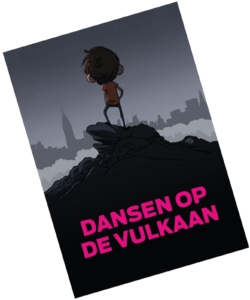
The featured image of this post is provided by Floor de Goede, a Dutch comic artist who penned the graphic novel ‘Dansen op the vulkaan’ (Dancing on the volcano). He also illustrated many children’s books and draws the semi-autobiographical daily comic ‘Do you know Flo?‘. You can follow Floor de Goede on instagram at @flodego for daily comics (also in English!).



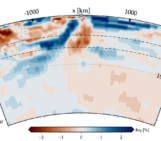
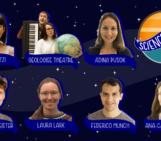
Gayle Brown
I enjoyed your blog. But I don’t quite understand some things.
Gayle